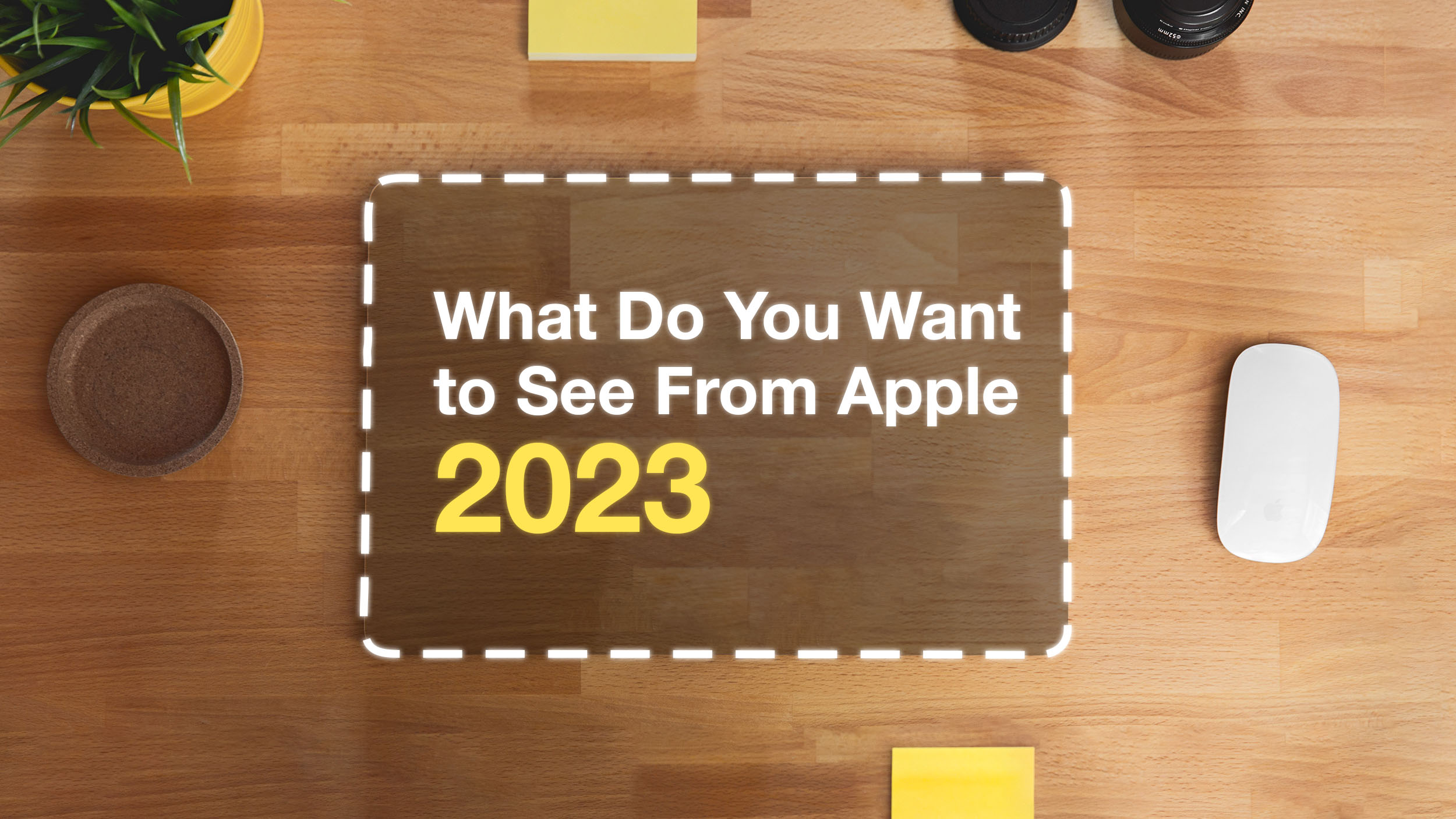![]()
On Friday, we
shared a What to Expect Guide that highlights everything we're expecting to see from Apple in 2023, based on current product rumors and historical release data.
We're counting on the release of the mixed reality headset that Apple has been working on for years now, along with the Apple silicon Mac Pro and a number of other refreshed Macs. There's an iPhone 15 with a USB-C port in the works, and we could get new HomePod and AirPods Max refreshes.
We know what we think we're going to be seeing from Apple in 2023, but we want to hear opinions and wishlists from the
MacRumors community. What do you want to see Apple release this year?
Are there new iPhone features you're hoping for, or something new in iOS 17 or macOS 14? What are you wanting to see from Apple's AR/VR headset?
Let us know your thoughts in the comments, and take a look at our
What to Expect guide to see an overview of the current rumors. We'll learn a lot more about Apple's 2023 product plans in the coming months, and we'll have in-depth coverage of the rumors here at MacRumors.com.
If you want to discuss Apple's upcoming products and rumors,
our MacRumors forums are an excellent resource, plus they're a great place to get help on current Apple products and software options.
As always, thank you to our readers and forum members for making
MacRumors the number one source for Apple news, rumors, and advice.
MacRumors celebrated its 22nd birthday this year, and that's thanks to our dedicated readers. We are looking forward to another year of rumors in 2023. Happy New Year!
Article Link:
What Do You Want to See From Apple in 2023?



